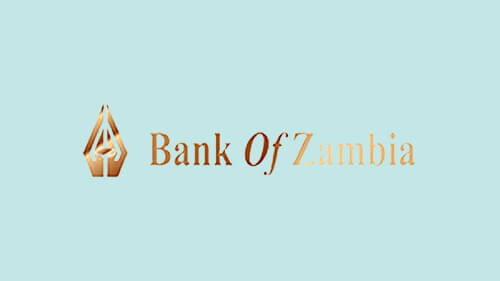BOZ Rate Hike Reflects Fragile Macro-Economy and Prolonged Bond Yield Pressures
The recent decision by the Bank of Zambia (BOZ) to raise its policy rate from 9.5% to 10% has sent a clear signal that higher bond yields are likely to persist, indicating that the macroeconomic environment remains fragile and volatile.
The central bank’s move to increase the policy rate, announced on August 23rd, underscores the growing fragility and instability in the country’s macro-economy. The decision comes as the central bank grapples with rising inflation expectations that are projected to remain above the targeted 6% to 8% range until the first half of 2025. Projections indicate that inflation will hover between 10.2% and 9.3% during this period.
Internally, the inflation outlook is influenced by various factors. Elevated food prices in 2023 are expected to lead to inflation ranging from 11% to 13% for the year. This projection factors in inflation spikes in the fourth quarter of the year and the first quarter of the following year, driven by seasonal grain shortages. Additionally, a spike in foreign exchange (FX) rates is anticipated due to manufacturers and suppliers needing to settle international supplier credit balances by November, the higher spending associated with December, and the pressure from fertiliser purchases during the fourth quarter.
Rising dollar demand is also attributed to recovering exports. Trade data reflects a surge in consumer imports, exceeding $300 million per month for the first time on record.
The central bank’s decision to decrease dollar supply to the market by 22% in the first half of 2023 has been driven by several factors. Lower mining tax collections due to early-year flooding and a weak Chinese recovery have constrained dollar supply, making it less attractive for mining companies to increase production. However, price surges are anticipated by 2025 as smelter capacity expands in key countries like India, China, and Indonesia, coupled with a rise in electric vehicle demand.
This combination of factors sets the foundation for inflation projections of 11% to 13% by the end of the year.
In light of a volatile foreign exchange market, higher-than-expected inflation, and sluggish economic growth, financial analyst Munyumba Mutwale recommends investors consider retaining a “STAGFLATION PORTFOLIO.” This portfolio includes 1 to 5-year government securities, equities with pricing power, strong cashflows, and dividends, as well as holdings in wealth insurance assets such as USD, cryptocurrencies, and gold.
As the BOZ seeks to navigate these challenges, the macroeconomic landscape underscores the importance of strategic investment approaches to withstand economic uncertainties and volatility.



